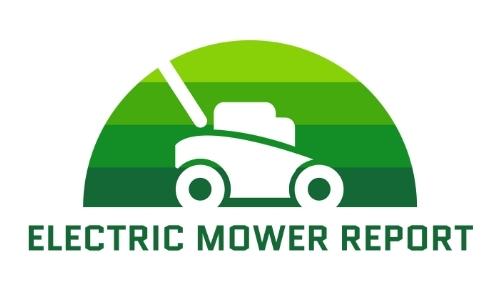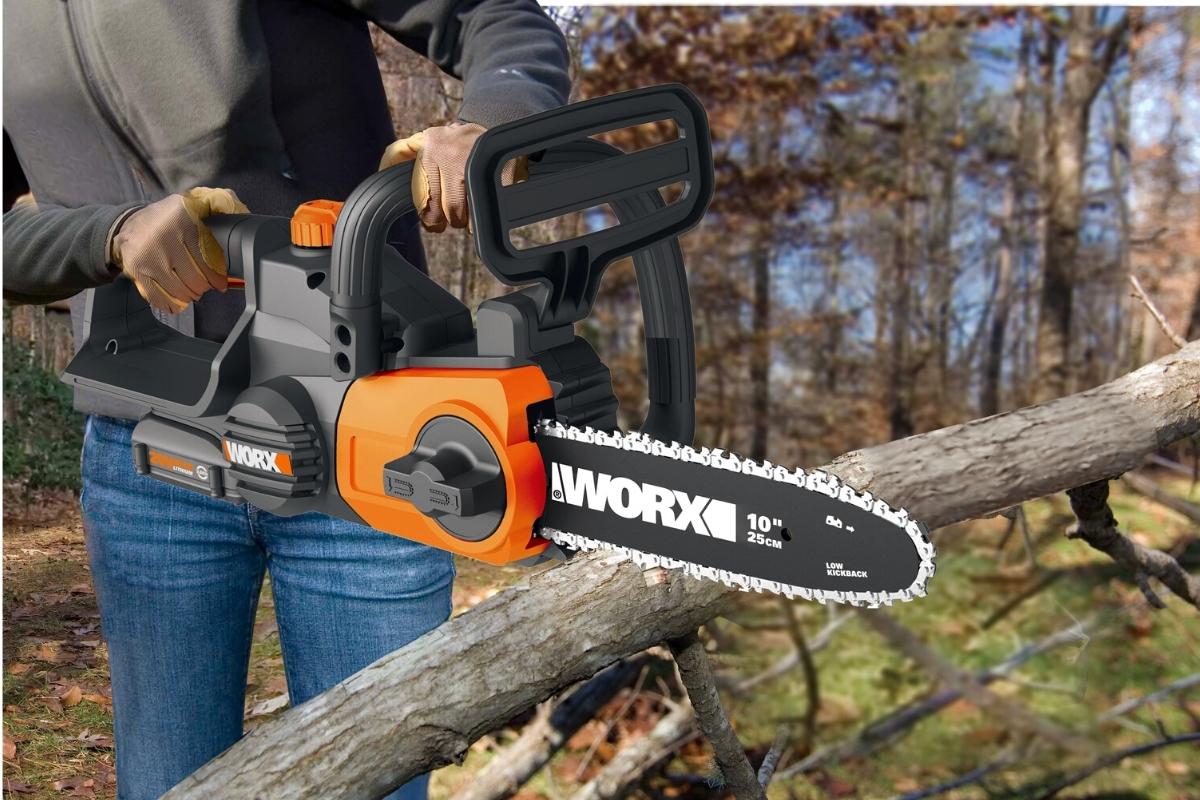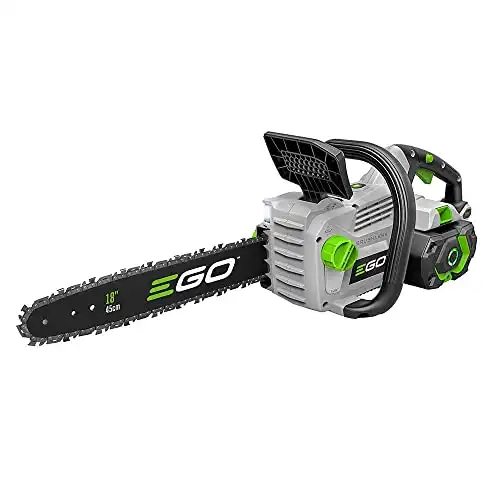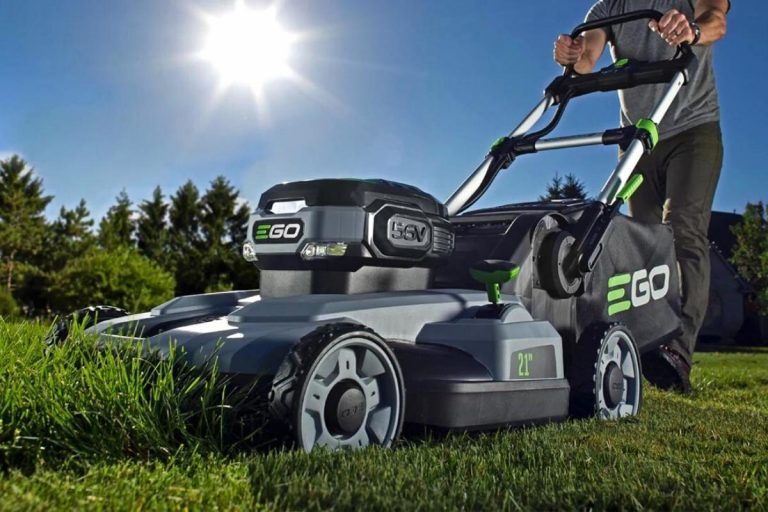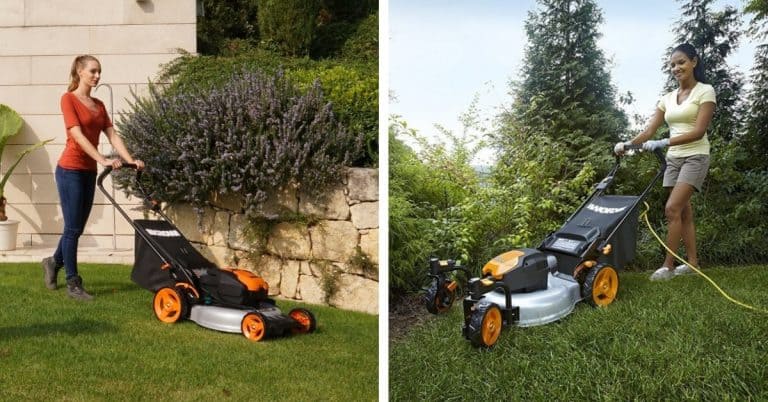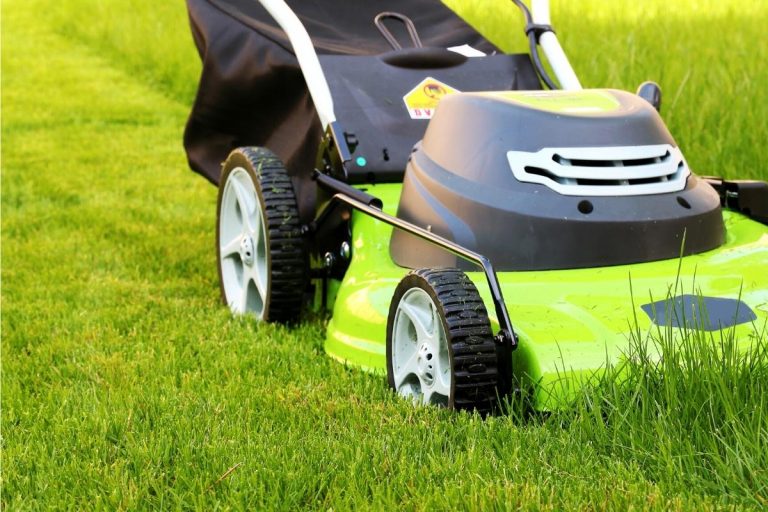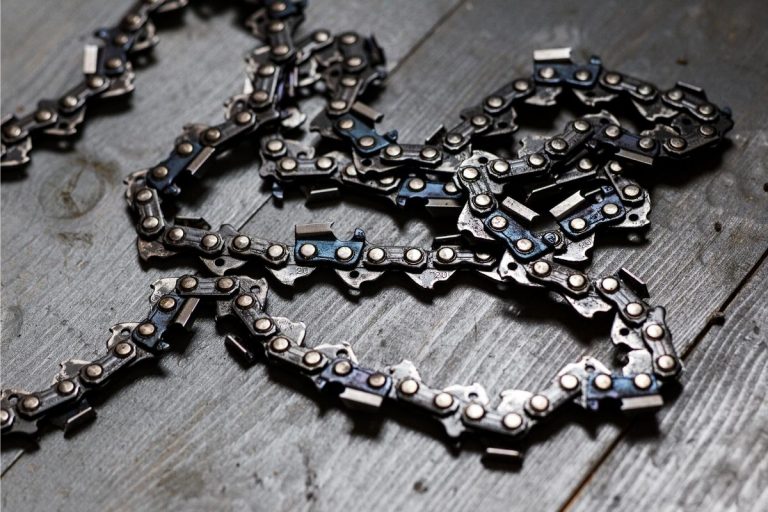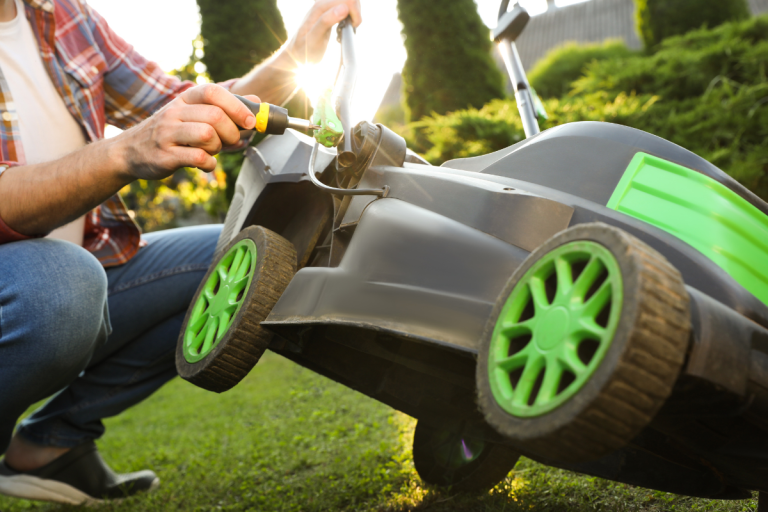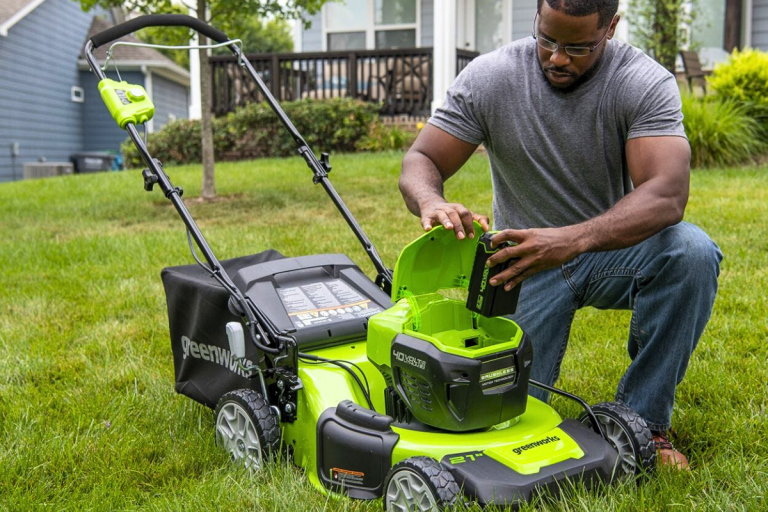Electric Chainsaw Chain Maintenance: Complete Guide
Maintenance of your electric chainsaw chain is important to extending the life of the tool, as well as keeping you safe while using it to care for your yard. Chainsaw chain tension and adjustments can be made easy with some understanding of how it works.
Below you’ll find a step-by-step guide on tightening and adjusting an electric chainsaw chain, as well as maintenance. Here you’ll learn how to check chainsaw tension, assess a chainsaw chain for replacement, and disassemble the chainsaw for maintenance. Read on for more tips on safely changing your electric chainsaw chain.
- Auto Tensioning system: tightens the chain with the twist of a dial
- 18” Oregon Bar and Chain
- 11,000 RPM’s: For Efficient Clean Cuts
- Brushless Motor: Extends the life of the tool
Why Does A Chainsaw Chain Become Loose?
There are several reasons that an electric chainsaw chain can keep coming loose during operation. Here are a few of the main causes you’ll run into if you have a loose electric chainsaw chain (Source: Firewood For Life):
- The chainsaw chain isn’t set properly on the bar: If the tension of the chainsaw chain on the bar isn’t set properly, the chain will get progressively looser as the chainsaw is operated. Adjusting the tensioner on the chainsaw will help prevent this problem from occurring again once the chainsaw’s tension is corrected.
- Temperature fluctuations caused by chainsaw operation: As a chainsaw is operated in wood cutting, the metal of the chainsaw chain becomes hot and expands. This expansion causes the chain to grow loose the longer the chainsaw is used.
- The chainsaw bar or guide is damaged: If the guide or chainsaw bar is damaged, this can be a dangerous cause of looseness in the chainsaw chain. To check for damage, the chainsaw should be disassembled and the bar inspected for wear and tear that might require replacement.
- The chainsaw has a mechanical defect: Internal damage to the mechanisms of the chainsaw’s motor can create an unnatural looseness in the chain. If you’ve ruled out other potential problems, the chainsaw should be taken to a repair shop and examined for mechanical problems.
If you’re trying to figure out whether you need to tighten your electric chainsaw’s chain, the first step is to inspect the chainsaw for damage and assess your chainsaw’s chain tension.
What Is Proper Chainsaw Tension?
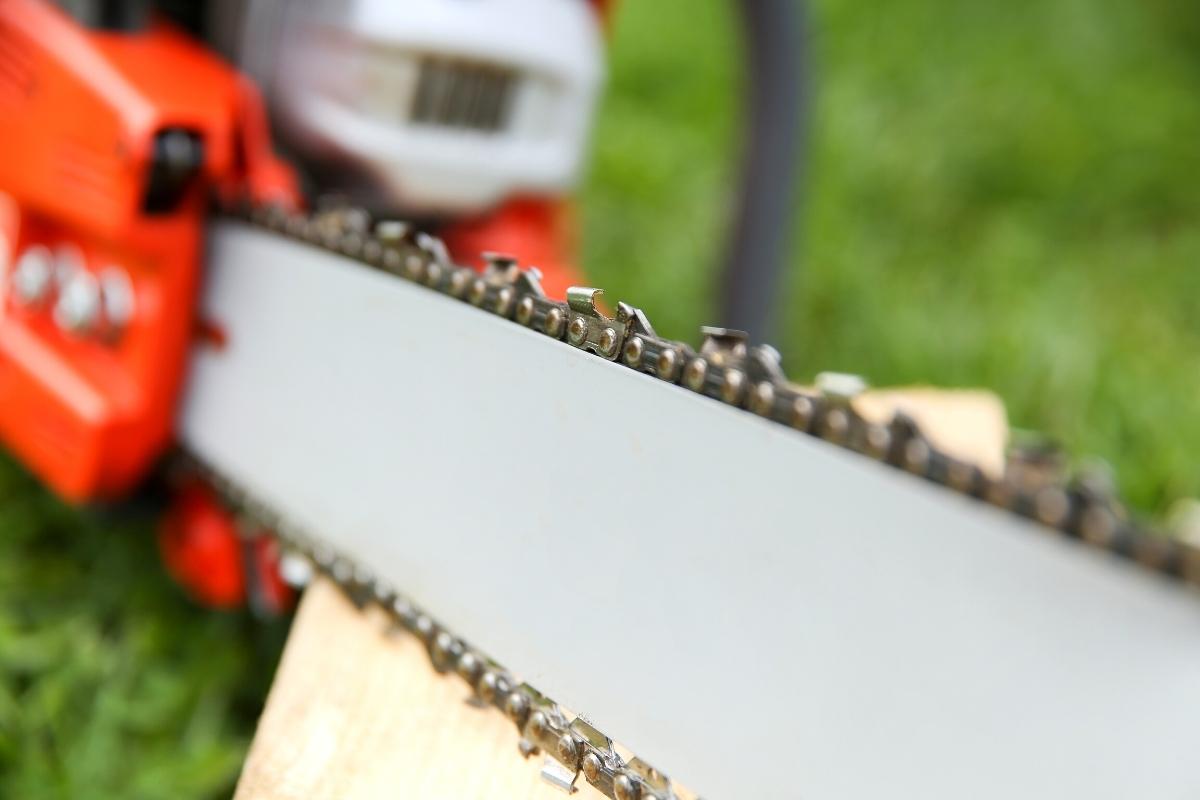
To cut wood effectively with your electric chainsaw, your chainsaw chain needs to be able to hold a proper tension against the guide on the chainsaw bar. Here are some indications that your chainsaw has proper chain tension:
- The chain should hold itself against the bottom of the bar. If your chainsaw chain is properly adjusted for tension, it shouldn’t be hanging loose underneath when the chainsaw is held horizontally.
- The chain should easily separate from the bar. If your chainsaw chain can’t easily be pulled away from the guide on the chainsaw bar, then it is too tight for efficient operation. Putting your chainsaw chain on too tight can cause excess wear and tear to the chainsaw guide and bar over time.
You can check the tension of your chainsaw chain both before and during wood cutting operations. This can help you quickly verify the chainsaw’s safety the entire time you use it.
How To Check Chainsaw Tension While Cutting
When you’re working on a woodcutting project, it’s a good idea to check the tension of your chainsaw chain several times during the first half-hour of operation. This is the period where you’re most likely to have a chainsaw chain come completely off if it’s already loose. To check the tension of your electric chainsaw chain, perform a snap test:
- Separate the chain. Holding the chainsaw, pull the chain away from the bottom of the chainsaw bar until one or two links of the chainsaw chain are raised above the guide.
- Release the chain. If the chainsaw’s tension is correct, the chainsaw chain should snap directly back into the guide on the chainsaw bar. If the chainsaw chain has become loose as a result of operation, it may become misguided or hang loose.
In some cases, a loose chainsaw chain is easy to fix by tightening it. In some cases, however, a loose chainsaw chain can indicate that it needs to be replaced.
Should You Change A Loose Chainsaw Chain?
If you encounter a loose chainsaw chain on your electric chainsaw, the problem can usually be solved by partially disassembling the chainsaw and adjusting the tensioner. If a chainsaw chain keeps becoming loose during operation even after being adjusted, however, this can be an indication that the chainsaw chain is worn and needs replacing.
Here are some other things you should look for when you determine whether to replace your chainsaw chain instead of just tightening it (Source: Stihl):
- Check the wear markers: Many chainsaw chains feature wear markers, or markings on the chainsaw chain on the teeth that indicate when the teeth have become worn enough to warrant a replacement. A quick visual inspection should tell you whether your chainsaw is too worn to use or not.
- Check how dirty the chainsaw is: When chainsaws become clogged with wood shavings or other debris, this can create mechanical problems and cause the chain to loosen excessively. If the chainsaw chain doesn’t appear too worn, clean and lubricate the chain to see if this improves operation before replacing it.
- Check for damaged or missing saw teeth: If your electric chainsaw chain is missing several teeth as the result of chipping them off on rocks, nails, or other hard objects, it can cause loosening in the chainsaw chain due to excess friction-related heat. A chainsaw chain that is missing teeth or has broken teeth should be replaced.
If your chainsaw chain is coming loose, it doesn’t always require that the chainsaw chain is replaced. Your chainsaw may need tightening and adjusting for proper operation.
How To Tighten An Electric Chainsaw Chain
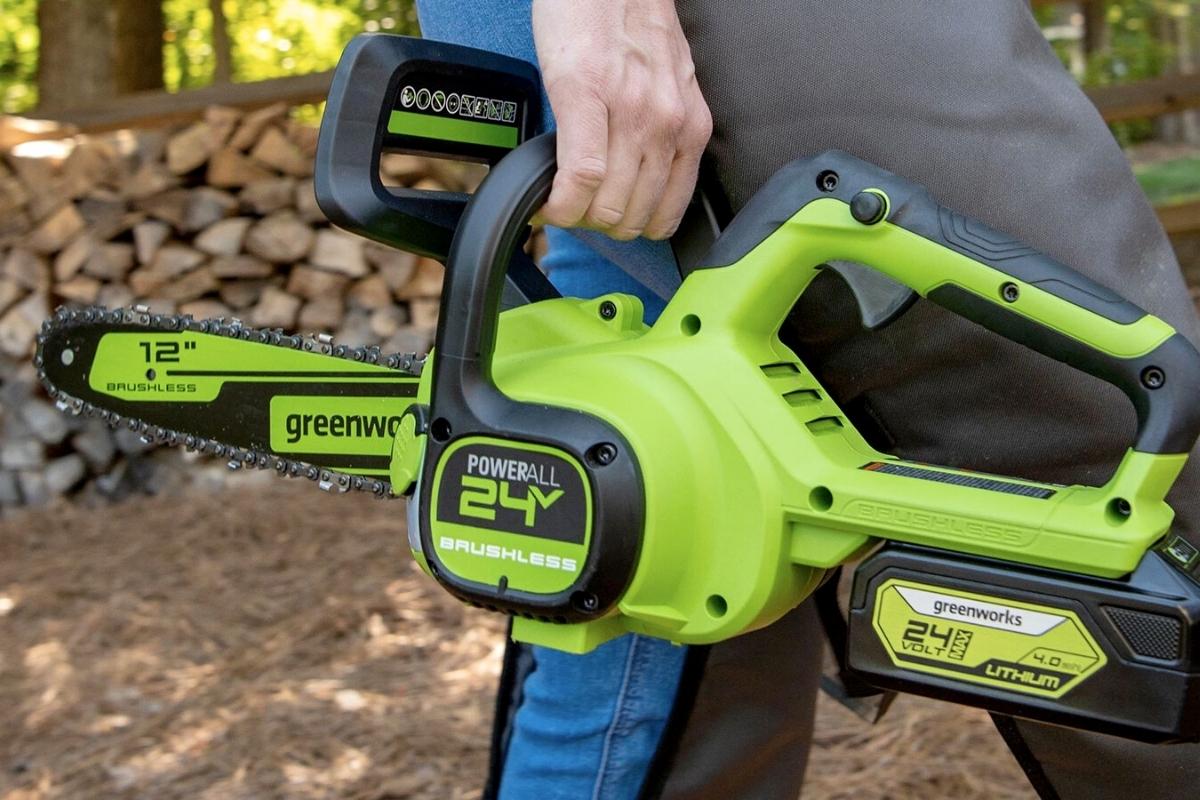
Once you’ve established that your chainsaw chain doesn’t need replacing, the next step to preparing your chainsaw for proper operation is tightening and adjusting the electric chainsaw chain. Here are the steps you should take to tighten your chainsaw chain if it’s loose:
1. Turn Power Off
Make sure the power is off. While this might seem like an elementary step in performing maintenance on your chainsaw, the chainsaw should be completely unpowered and unplugged from any electrical outlets to prevent it from coming on accidentally during maintenance. This could cause serious injury or even death.
2. Access The Interior
Loosen the nuts on the side bar panel of the chainsaw. You’ll need to access the interior of the housing on the chainsaw to reach the tensioning screw that controls the tightness of the chainsaw chain against the guide on the chainsaw bar.
3. Adjust Tension Screw
Adjust the tensioning screw. The tension screw is located near the base of the chainsaw’s bar. You can tighten the chainsaw chain by turning the screw clockwise, and loosen the chainsaw chain by turning the tension screw counter-clockwise.
4. Close Up Access
Tighten the side bar panel nuts. Once you’ve adjusted the tension on the chainsaw chain, the next step is to re-tighten the side bar panel nuts. Tightening these nuts is important for preventing the chainsaw chain from loosening again during operation.
Tightening the chain on your chainsaw isn’t a difficult process as long as you know what each of the parts of the chainsaw is and where you can find the nuts and screw you need to adjust on the machine.
Cold Chain Tensioning Vs Warm Chain Tensioning
Whether you check the tension on your chainsaw chain while it’s warm or cold, the tension on the chain should be the same. While it doesn’t matter whether you check the tension on the chainsaw chain at any temperature, it is a better idea to lubricate the chainsaw chain while it is warm from operation.
The warmth of the metal helps the lubrication penetrate the chain and works most effectively to lubricate the chainsaw.
How Do You Tighten An Electric Chainsaw With A Key?
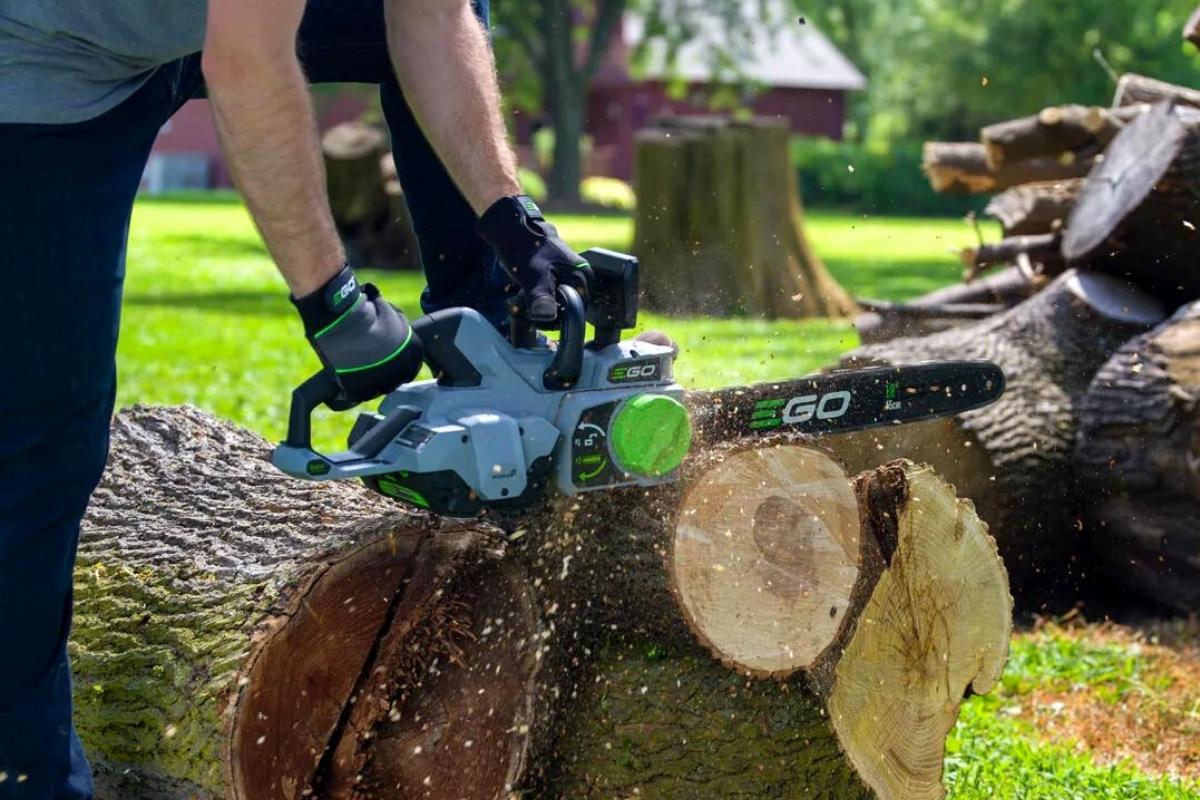
You can tighten an electric chainsaw chain by adjusting it directly at the chainsaw’s tensioner screw, but you can also tighten it using a special key that is included with the chainsaw kit. These tools usually include two different ends – one end of the tool is used to loosen the nuts on the chainsaw’s side panel, and the other end of the tool is used to adjust the tensioner screw.
How Tight Should An Electric Chainsaw Chain Be?
The key to setting up a proper chainsaw chain tension is making sure that the chainsaw chain feels snug against the chainsaw bar guide, but still pulls freely if you try to manipulate the chainsaw to move it along the guide.
A chain being either too loose or too tight can negatively impact how effective the chainsaw is at cutting wood.
Can You Tighten A Chainsaw Chain Without Tools?
If you need to tighten your chainsaw chain without tools, the easiest way to do it is by tightening the tensioner screw. This screw can be adjusted without any special tools if you need to tighten a loose chainsaw chain.
What If A Chainsaw Chain Won’t Tighten?
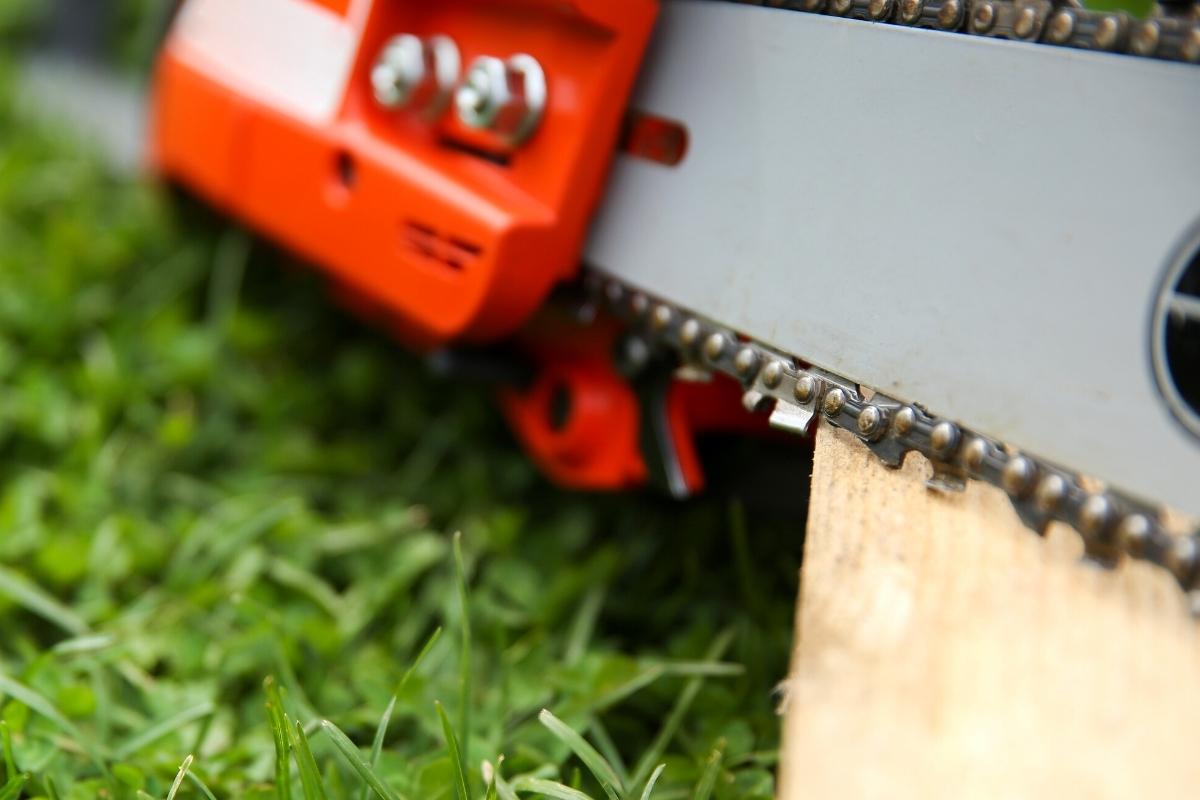
Tightening your chainsaw chain should be a relatively simple operation whether you’re using a tool specific to the chainsaw kit or if you’re just tightening the tensioner screw by hand. However, in some cases, you may run into a scenario where the chainsaw chain won’t remain tight no matter how you adjust it.
Can You Remove A Link To Tighten An Electric Chainsaw Chain?
If you’ve already tightened or adjusted your electric chainsaw chain and it is still loose for safe operation, another option you have is to remove a link or two from the chain itself. (Source: Home Guides SF Gate)
The key to removing a link from your electric chainsaw chain is locating the master link on the chain.
If you’re unable to locate the master link by inspecting the chain visually, you can consult your chainsaw’s owner manual to locate it. An easy way to figure out which link in the chainsaw chain is the master link is to look for a link in the chain that looks different from every other chain.
Once you’ve identified the master link, use a pair of pliers on the nearest link to remove it and break the chain.
Problems With Tightening An Electric Chainsaw Chain
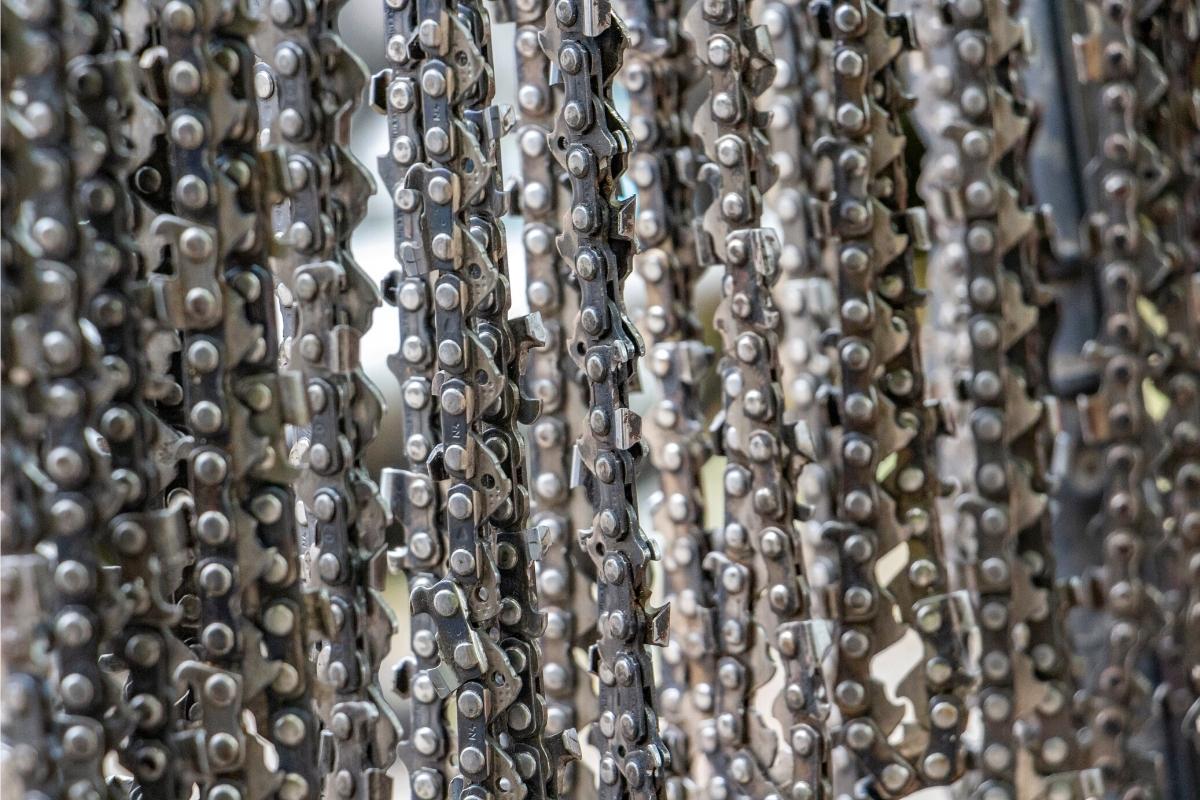
When tightening an electric chainsaw chain, you can occasionally run into technical issues. If you are trying to tighten your chainsaw chain and it won’t stay tight, there are a few mechanical defects that can lead to this issue:
- Stripped tensioner adjustment screw: If the tensioner adjustment screw on your chainsaw is stripped, this will cause the screw to spin uselessly in its placement without making any adjustments to the tension of the chainsaw chain.
- Stripped tensioner adjustment screw threads: Even if the condition of the tensioner adjustment screw itself is fine, if the screw threads where the adjustment screw are located on the chainsaw are stripped, this can prevent the chainsaw from maintaining proper tension during operation.
A stripped tensioner screw or screw placement will require replacement of parts on the chainsaw (either the screw itself or the chainsaw bar). If the chainsaw chain has recently been replaced, be sure to double check the proper size of the chainsaw bar and the proper size of the chainsaw chain.
Why Learn To Adjust An Electric Chainsaw Chain?
It might not seem that important to know how to maintain your own chainsaw, but there are several good reasons for tightening the chain on your chainsaw without a small engine mechanic:
- Save money: It doesn’t require a major investment in learning how small engines and power tools work to maintain your own tools. Home maintenance of power tools can save you hundreds in repair and maintenance fees over time.
- Avoid delays: If you don’t know how to maintain your own power tools, you’ll end up having to delay home improvement projects while you wait for your chainsaw to be serviced by a third party. Knowing basic chainsaw maintenance can help your efficiency as well as your effectiveness in wood cutting projects.
- Avoid excess wear and tear: Learning how to efficiently break down and service your chainsaw during operation can prevent you from accumulating excessive wear and tear from lack of maintenance over time. You can also learn to recognize mechanical problems before they cause further damage to the chainsaw system.
Adjusting an electric chainsaw chain can take less than half an hour, but it can add hundreds of hours of operational power to your saw if you keep it properly maintained.
Conclusion
Even though you might not be familiar with electric chainsaw chain maintenance if you haven’t owned one before, learning the simple steps to service your own power tool at home can save you hundreds of dollars in maintenance fees and damaged equipment.
Just learning how to clean, lubricate, and adjust your chainsaw chain can add years to the life of your chainsaw. If you think the time has come to purchase a new electric chainsaw, check out our Recommended Yard Tools list to see the chainsaws we pick as the best on the market.
